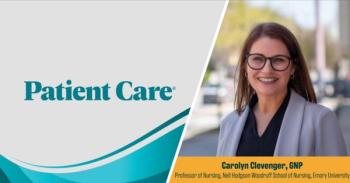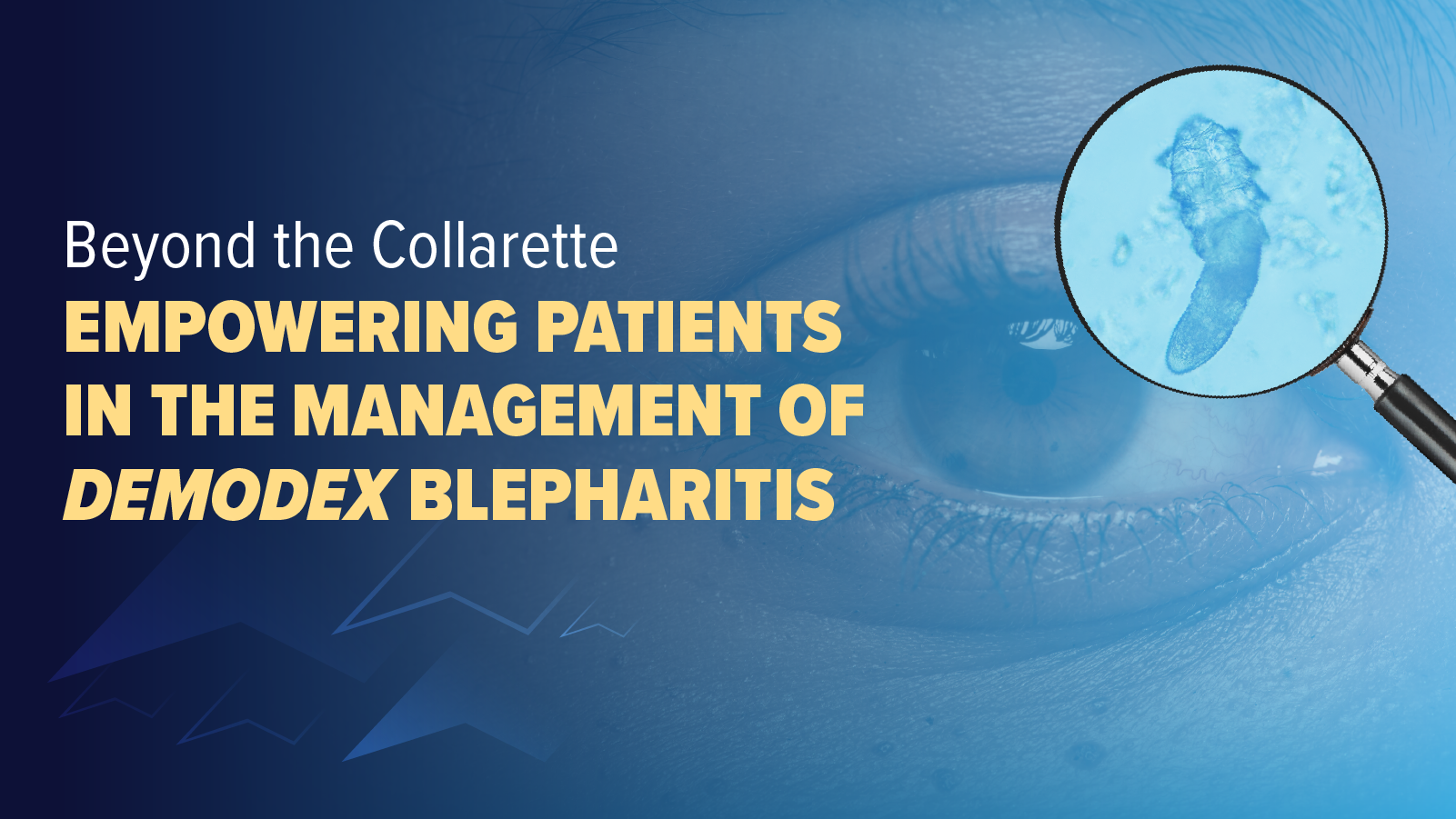
Peripheral Artery Disease in Primary Care: Expert Insights on Recognition & Risk Factors

ACP 2025: Foluso Fakorede, MD, discusses the importance of recognizing and screening for peripheral artery disease in primary care.
Dr Fakorede is the chief executive officer of Cardiovascular Solutions of Central Mississippi in Cleveland, Mississippi, and cochair of the Association of Black Cardiologists’ and PAD initiative.
The following transcript has been edited for clarity, style, and length.
Patient Care: Can you first talk about the recognition and understanding of peripheral artery disease (PAD) among average Americans and US primary care physicians?
Foluso Fakorede, MD: Yes, we do have an awareness problem when it comes to PAD. As I often tell people, PAD is the most prevalent, chronic, debilitating, and deadly cardiovascular disease. It is also one of the most costly. However, it has the lowest level of awareness. For example, only about 40% of doctors are aware that their patients may have PAD, including primary care physicians, despite the fact that PAD affects over 8 to 14 million people over the age of 40 in the US. The prevalence is about 30% in African American communities, 19% in white populations, and 22% in Hispanic communities. Yet, the awareness in these heavily affected groups is less than 10%. This creates a disparity where physicians may not recognize that their patients are suffering from a debilitating, deadly, and preventable disease. We also have patients who have all the risk factors for PAD but may not know how to connect the dots. My role is to help connect those dots for both patients and physicians.
Patient Care: What are the risk factors that primary care doctors should be looking for or asking about?
Dr Fakorede: In terms of guidance and risk factors, we follow recommendations from cardiovascular societies. Anyone over the age of 65 should be screened for PAD, as one in 20 people in this age group will have it. If you're diabetic and between the ages of 50 and 64, or if you are a smoker, you should be screened. Additionally, anyone over 50 with traditional cardiovascular risk factors should be screened. These risk factors include high cholesterol, high blood pressure, a family history of peripheral vascular disease or amputation, or a history of polyvascular disease—meaning blockages in the heart, stroke, coronary artery disease, or cerebrovascular disease. More importantly, patients who exhibit symptoms should also be screened. These patients may come to your clinic thinking they have arthritis or, in my case, gout. However, you should consider PAD if they have symptoms like diminished pulses, lack of hair growth, cool sensations in the feet, or atypical symptoms at night, such as restless leg syndrome. If these signs are present, PAD screening should be considered.
Newsletter
Enhance your clinical practice with the Patient Care newsletter, offering the latest evidence-based guidelines, diagnostic insights, and treatment strategies for primary care physicians.

















































































































































































































































































